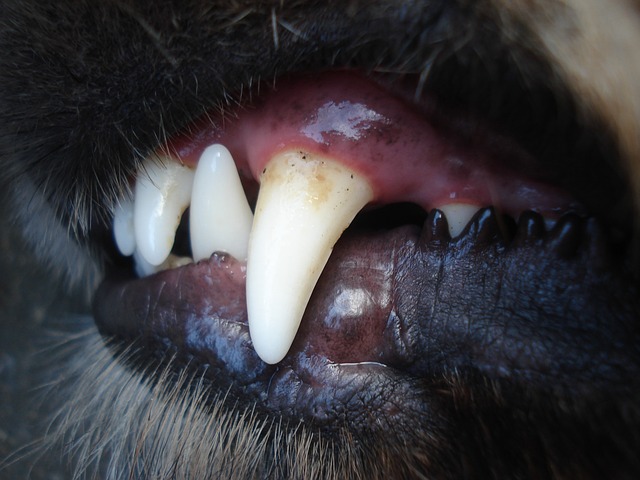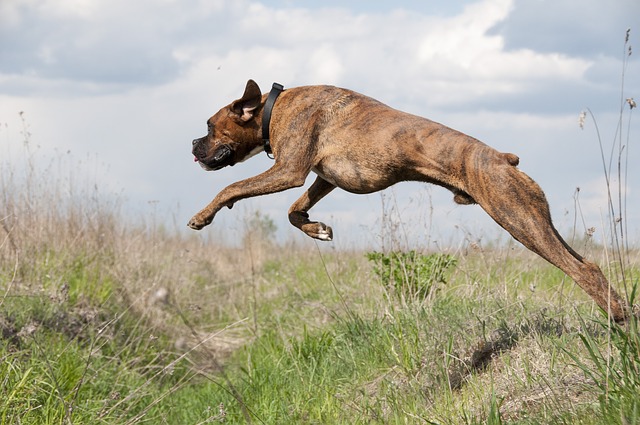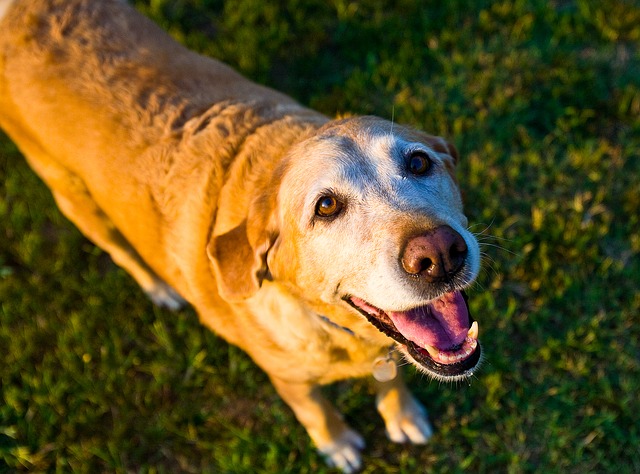Rescuing a homeless dog is one of the most rewarding experiences you will ever have. In order to provide the best care for your family’s new addition, it is important to determine their age – or at least an approximate range. Vaccination schedules, testing for common diseases like heartworms, and optimal diet are all dependent on age. Your veterinarian can assist you with this estimation and these five tips will help you narrow down your pup’s age range.

1. Study the Teeth
While puppy teeth are easy to detect – there’s no mistaking those adorable little needle chompers! – the teeth of adult and senior dogs can be a bit more difficult.

In general, dogs should have their full set of permanent adult teeth by the age of six months. From that point forward, the appearance of the teeth will only change with the onset of staining and dental disease.

The condition of a dog’s adult teeth depends upon breed, head shape, diet, and the level of dental care they receive. Greyhounds and Chinese Cresteds are known for having early-onset dental issues and flat-faced brachycephalic dogs like Pugs and Bulldogs tend to have a good deal of crowding which contributes to tooth decay.

These factors make it difficult to determine an adult dog’s age just by assessing dental changes like tartar buildup and staining. Former strays and dogs coming from backgrounds of neglect may also have broken, missing or rotted teeth before their time.
2. Look Into Their Eyes
Your dogs eyes are more than just windows to the soul, they can also be a useful tool in estimating age!

As dogs reach middle age the lenses of their eyes naturally begin to harden, giving off a mild blue-gray appearance. This is known as lenticular sclerosis and it becomes noticeable when the light catches the eyes of dogs six to eight years of age or older.

Cataracts tend to occur in dogs that have reached their teen years or at least double digits. They are more easily noticeable than lenticular sclerosis and milky white in color.

3. Inspect the Coat
In general, young dogs have softer, more lustrous coats due to higher moisture levels in the skin. With that said, coat quality can be affected by breed, lifestyle, nutrition and skin conditions. Many shelter dogs suffer from mange, flea infestations and dull, matted, dirty, greasy or brittle coats due to poor diet and lack of proper care. Any of these factors can make them appear older than their years.

Even graying is not a fool-proof way to assess age. Dogs go gray at different rates just as humans do. Certain breeds’ natural coloring may make them appear prematurely gray. Black Poodles with silver or white in their coats are a good example. Other breeds, notably Golden Retrievers, can begin to gray as early as age four.

Graying around the muzzle and face is usually an indicator that a dog is a mature adult or senior, but unfortunately, it cannot provide a closer estimate than that.

4. Observe Behavior
As most dogs age, their activity level begins to decline – or at least become more controlled. Puppies are more prone to clumsy, gangly bouts of “zoomies,” but that certainly does not mean that older dogs aren’t active! In fact, many remain playful and energetic well into their senior years.

Older adults and senior dogs tend to sleep more and be slower when rising, laying down, climbing stairs or hopping into the car. These changes occur as the body ages and signs of arthritis set in.

Senior dogs may have trouble sleeping through the night without a potty break or even develop incontinence. Some experience cognitive changes similar to dementia in humans causing them to become confused and forgetful.
5. Assess Fitness Level
Young dogs tend to be lean, muscular, flexible and fit. Look for the thick, powerful muscle groups in the thighs and shoulders that indicate a strong, healthy pup or young adult.

Middle aged dogs often put on weight as their metabolism slows and their energy level wains.

When dogs reach their senior years, changes in muscle tone are especially noticeable in the skull as the muscles of the face begin to slacken revealing the bone structure beneath. Seniors may lose or gain weight depending on their breed, lifestyle and health.

While there is no sure-fire method for determining a dog’s exact age, these tips can help you narrow down a range so you can provide the best age-appropriate care for your new furry friend!
H/T to PetMD
Featured Image via Flickr/Ian Phillips
